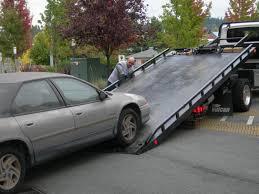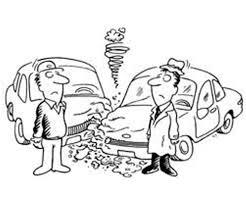Auto Insurance Optional/Additional Coverages: Separating the Worthwhile from the Worthless4/30/2014 When you get a quote for auto insurance or purchase a policy, secondary coverages are (and should be) an afterthought. That's because your five basic auto insurance coverages are more important to think about first. So it's very important you know this information before ever worrying about additional optional coverages. But with that, you still need to look at and consider the secondary coverages offered as well. Some are very important while others are worthless. So you need to know which coverages are worth looking further into, and which ones you should ignore. I have comprised a list of these common additional coverages and the rundown on them. You will notice that some are very cut and dry regarding their value while others can go either way, depending on the company that offers the coverage. For those types of coverages, you're going to have to take a close look at each individual policy and find out exactly what that additional coverage offers because it can vary by a lot. I'll explain those as we get to them. But here's a list of additional coverages and also some advice to help you separate the worthwhile from the worthless:
Summary: Some optional coverages are very worthwhile to carry while others are not. I recommend you take some of these coverages and stay away from others. But in many instances, you are going to need to look deeper into what is covered for what price and decide for yourself. But the bottom line is, for most secondary coverages, you should at least find out these particulars because some are definitely worth having. Get an Auto Insurance Quote with Lyles Insurance Call me for a Quote Related Blog Articles: Video: Key Auto Insurance points to know when buying a car Video: Why State Minimum Liability Auto Insurance Coverage Sucks! Video: Understanding your auto insurance declaration page Video: How Your Driving Record Affects Auto Insurance Rates Video: 6 Ways to screw up your auto insurance rate
0 Comments
Leave a Reply. |
Author
Dan Lyles is an Independent Insurance Agent serving Ohio, Indiana, Michigan, Pennsylvania, Virginia and West Virginia.. Archives
March 2021
Categories
All
|




 RSS Feed
RSS Feed